we talk salvage style with retrouvius
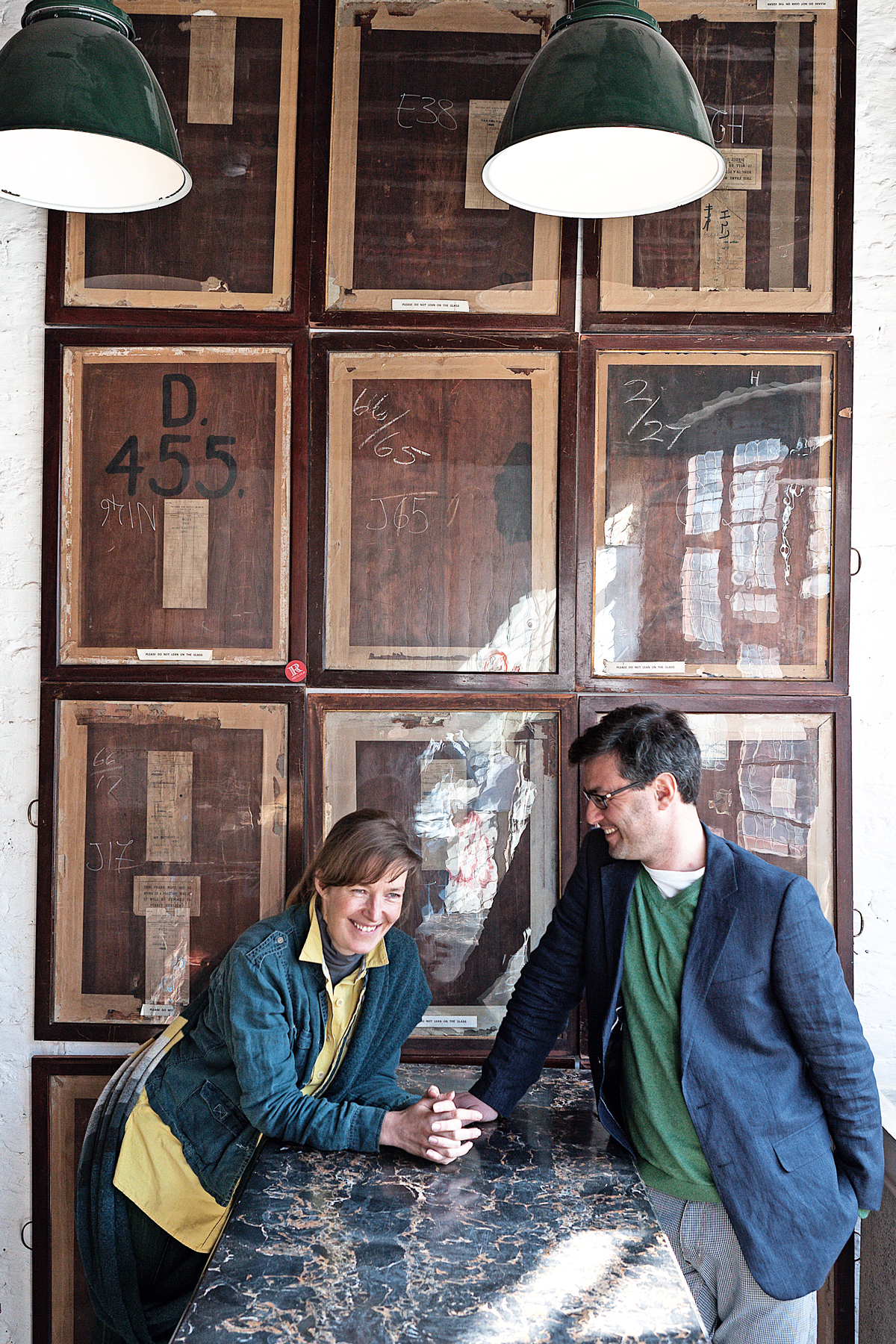
Retrouvius founders Maria Speake and Adam Hills met as students while retrieving bed springs from a skip in Glasgow. Some 26 years later, they now rule the roost of the London salvage scene, with both a warehouse trove of reclaimed products and a design studio that specialises in refurbishing top-end properties using rescued materials in a modern context. Here, they share the secrets behind making salvage work at home.
Tell us how it all began.
We both studied architecture at Glasgow School of Art and founded Retrouvius on graduating. Our focus began with heritage and has gradually shifted towards reuse. We started out by salvaging Georgian windows from one tenement building to reuse in another.
What first fired your interest in reclamation?
We have a zeal for saving well-made things from destruction. We also saw value in raw materials, irrespective of fashion or taste. While we were studying in Glasgow, as newcomers to the city, we were amazed by the quality of the Victorian housing stock that was being destroyed. The craftsmanship far exceeded what we were familiar with in London.
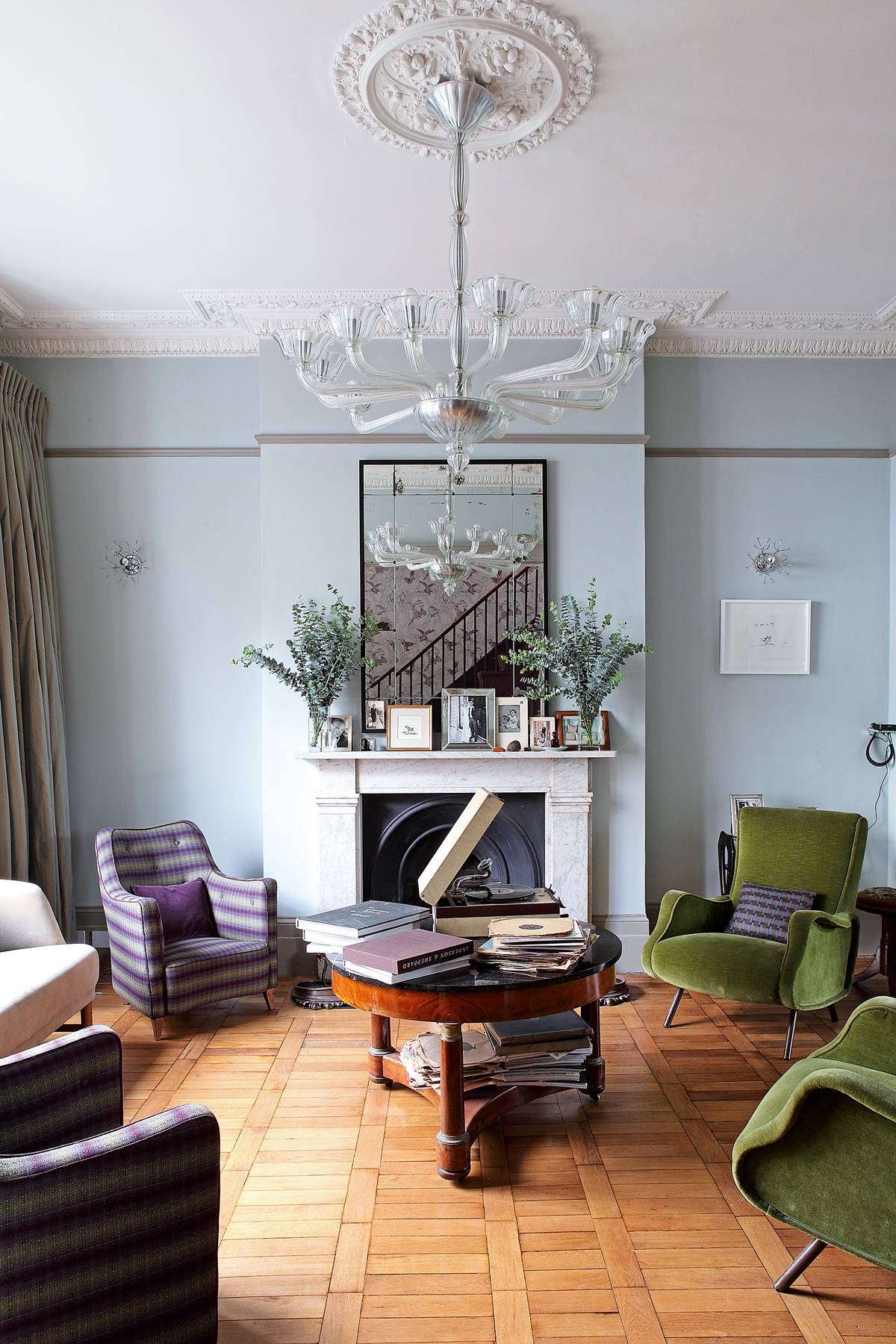
How would you sum up your look?
Originality, quality and the use of familiar materials in unexpected contexts. We always incorporate some form of salvage in our projects, but beyond that, our work covers a range of buildings, from 15th-century manor houses to a Seventies flat in the Barbican.
Be The First To Know
The Livingetc newsletters are your inside source for what’s shaping interiors now - and what’s next. Discover trend forecasts, smart style ideas, and curated shopping inspiration that brings design to life. Subscribe today and stay ahead of the curve.
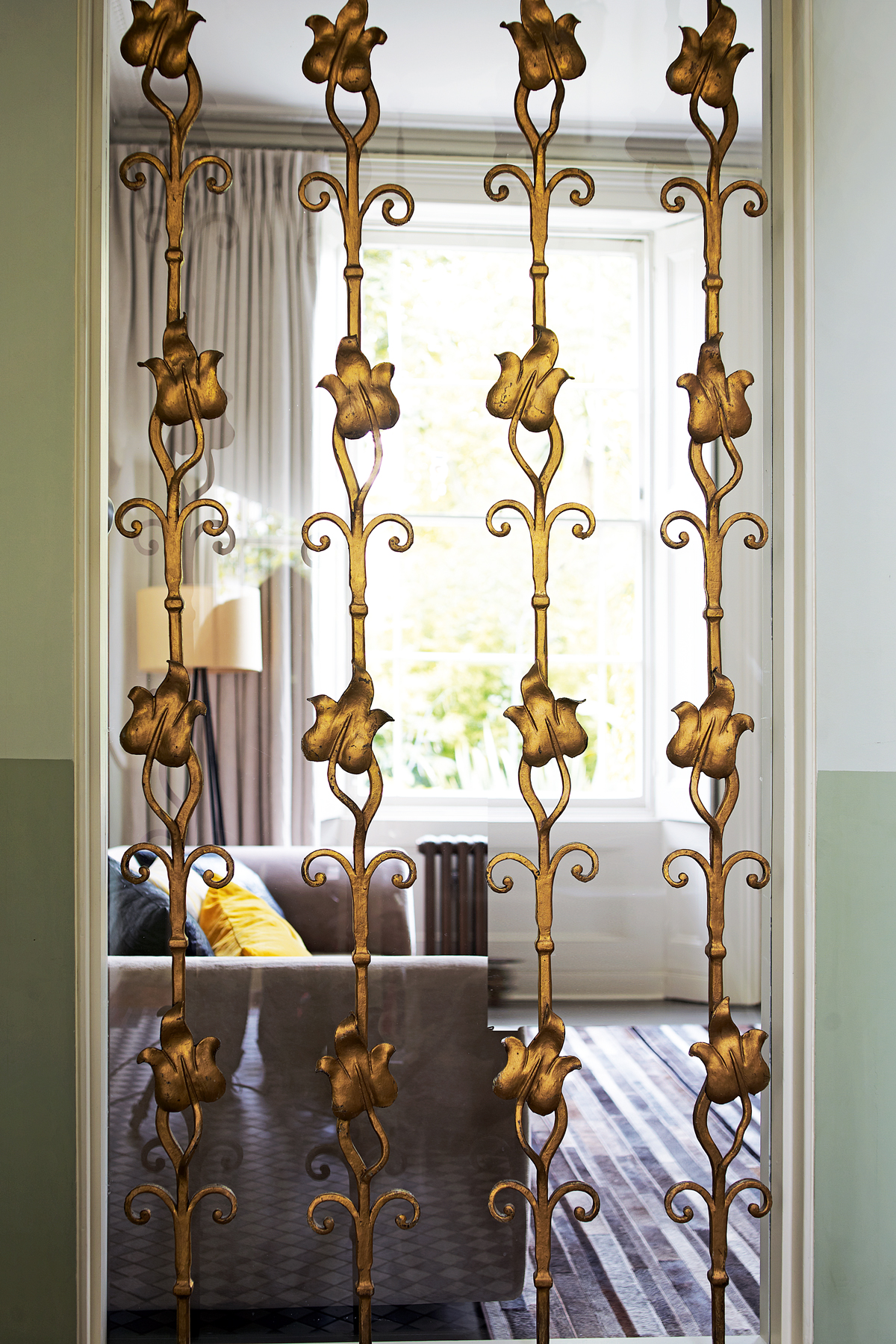
Tell us about your most extreme reclamation.
It would have to be the concourse flooring of Heathrow Terminal 2. It took several years of tracking and then a huge amount of work to lift, palletise, store and then introduce the stone to market. The limestone is beautifully patterned with fossilised sea creatures and was part of the original Fifties design by Sir Frederick Gibberd. We saved 13 tonnes in total and have reused it in several of our design projects, including our own bathroom.
Which products sell particularly well for you?
Iroko timber from science laboratories – it’s excellent as it is versatile and hard-wearing. Also lighting – we always have a wide selection in stock. By sourcing unusual, pretty glass pieces, often one-offs, we’ve been able to move away from the enamel factory lighting that is prevalent in most vintage stores.
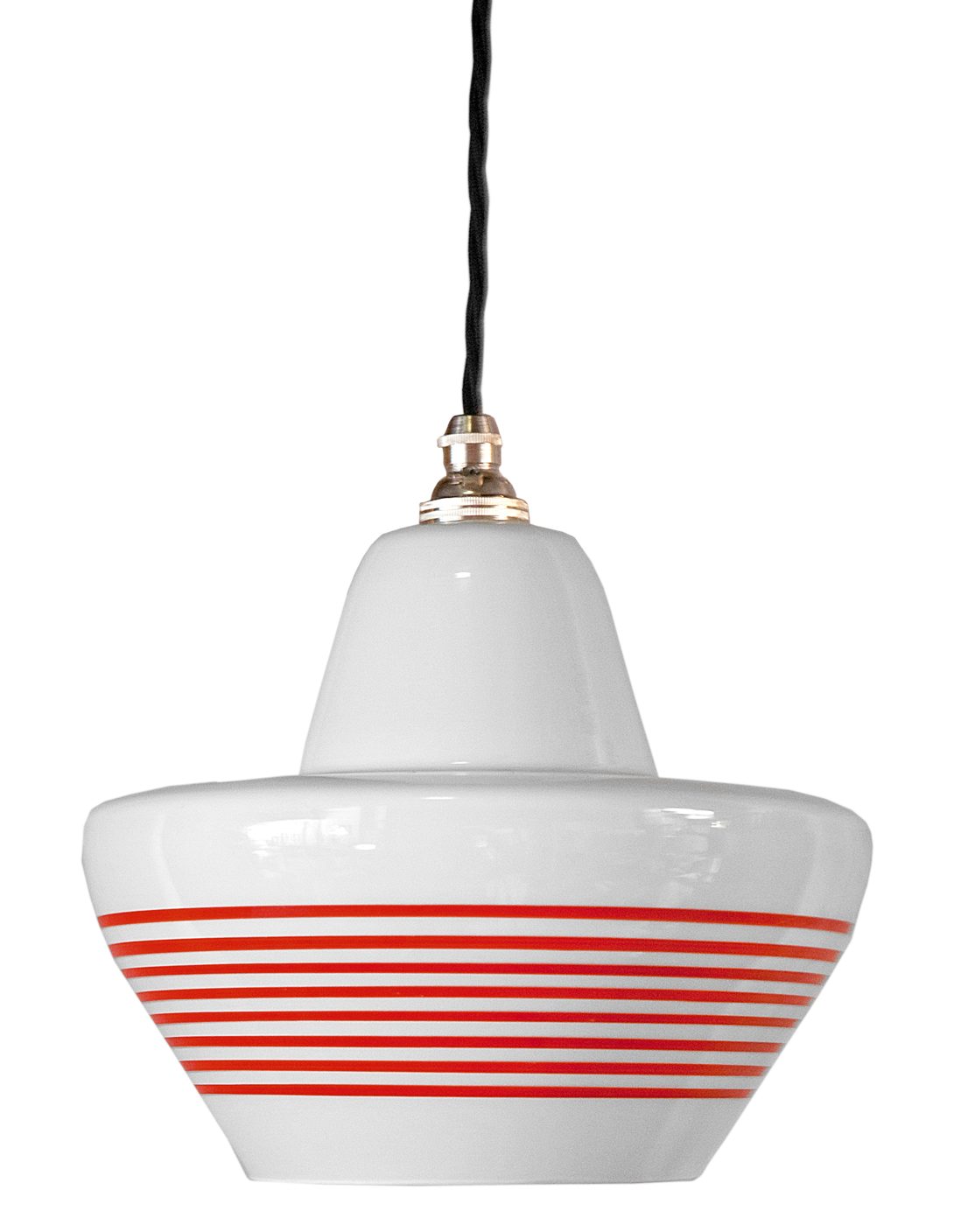
What’s your top tip for incorporating reclaimed furniture or lighting into a home?
Work with materials you like and choose a builder with the right experience. When using vintage pieces, preserve the natural patina and mix with new buys to prevent the overall scheme looking shabby. We try to use materials in an unusual way and with different finishes; the same pine boards might run throughout a refurb, but we’d treat them differently to suit each space.
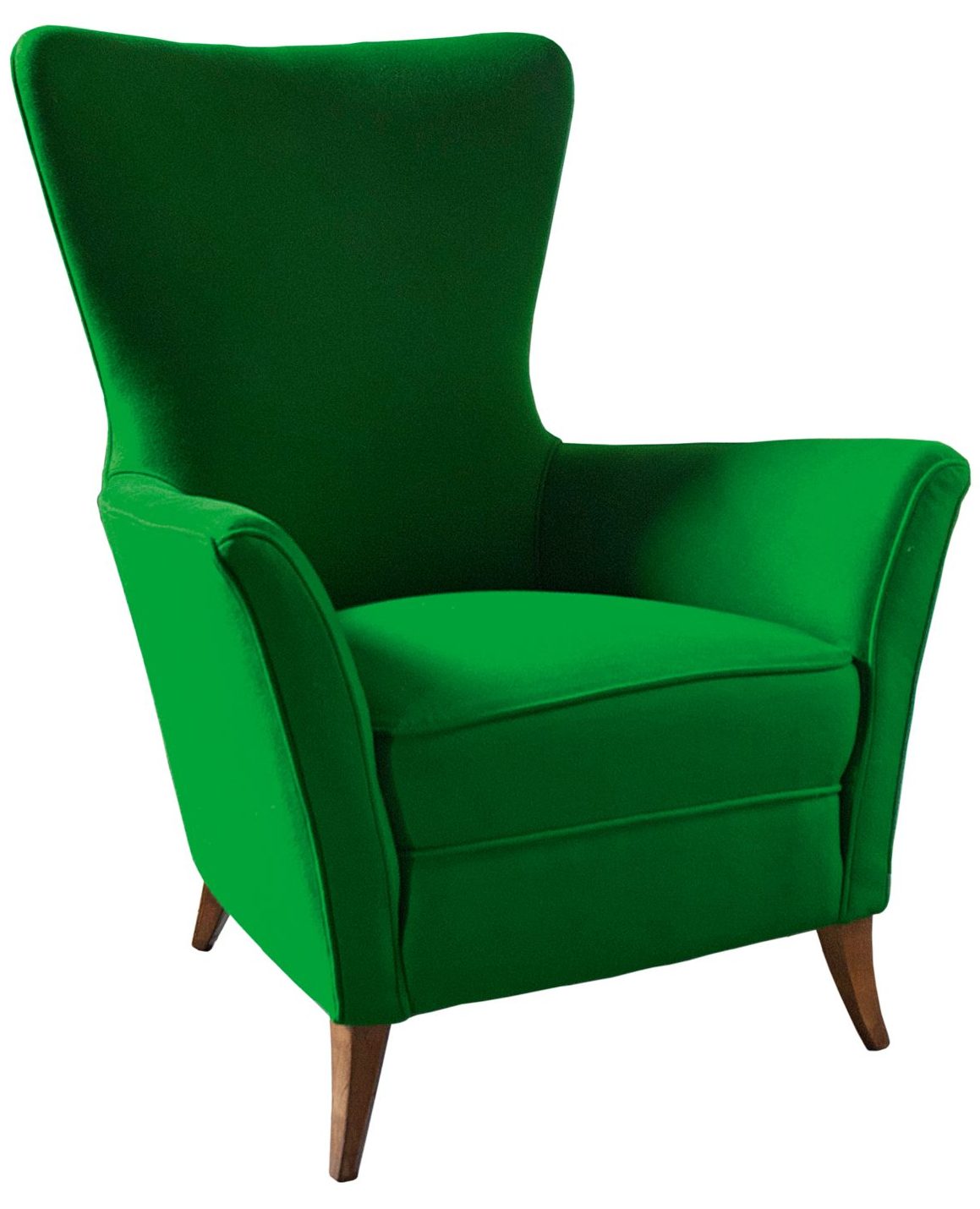
What design problemshave you come up against?
At first, many contractors didn’t get what we were doing and that we often wanted to keep the natural patina on materials. This was a learning curve, but we now have a very reliable, brilliant team of builders, contractors and fitters.
Can you think of a breakthrough design project?
The home of Sam Roddick, who founded Coco de Mer. She often visited the warehouse and bought pieces of stock for her home, so she really got reclamation and the joys of salvage.
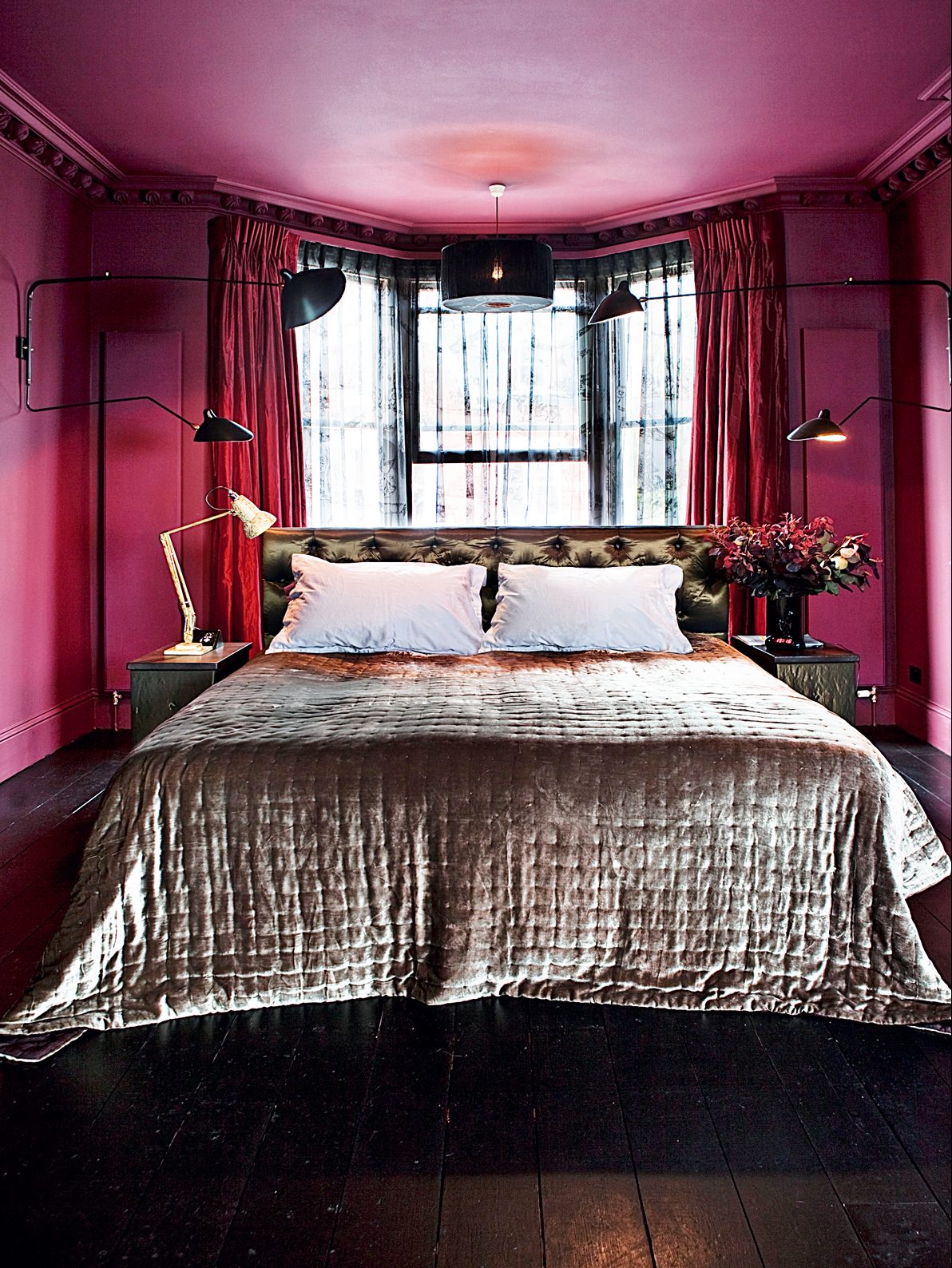
Can you name another project or a particular designer that sums up the look you’re after?
William Morris’ Kelmscott Manor in Oxfordshire isa major inspiration. He’s our design hero.
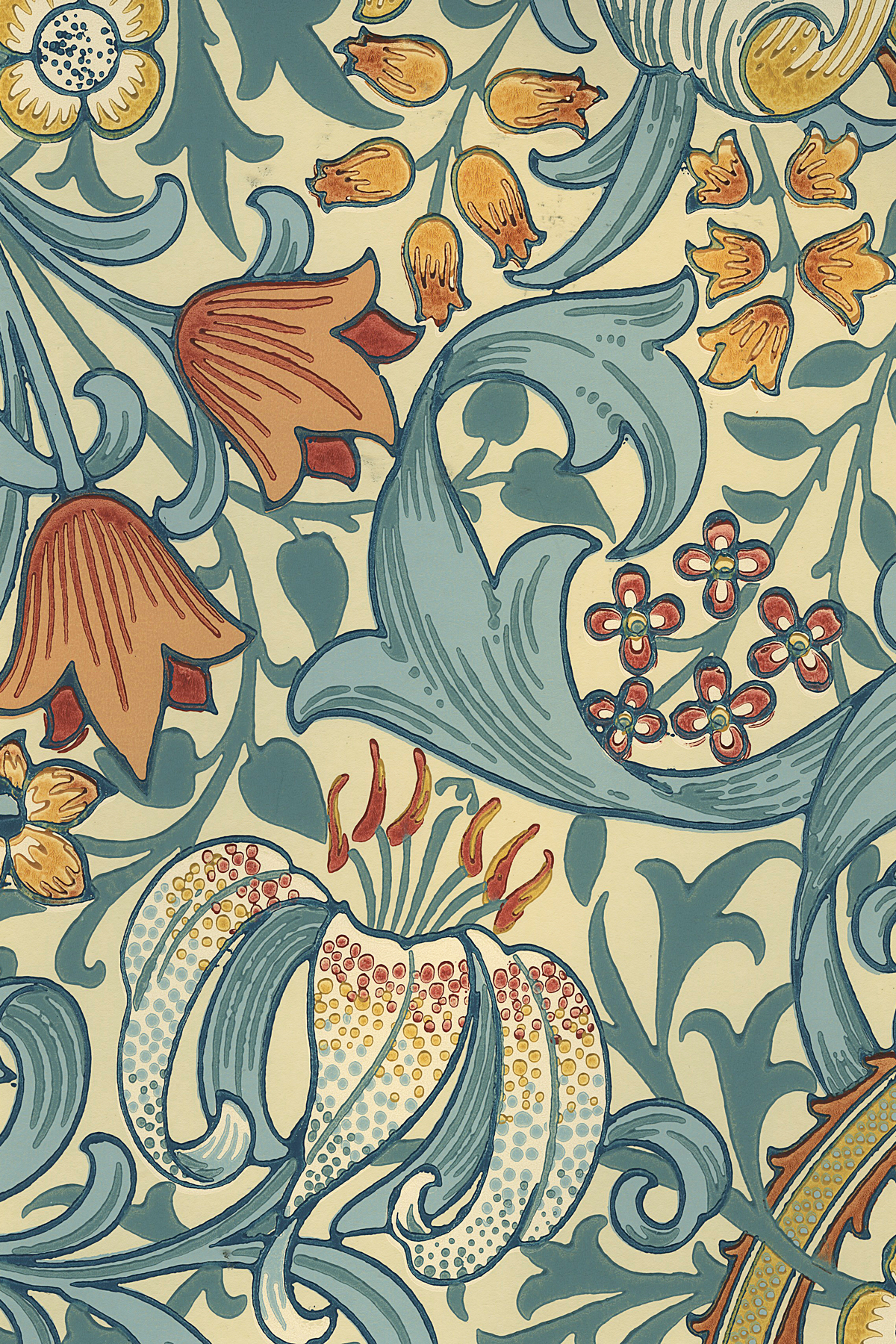
What else influences your schemes?
Often a piece of antique textile will inspire a project. And we are materials-led – a piece the client sees in our warehouse often kick-starts a design and informs the palette we carry through a scheme.
How can you best introduce pattern to an interior?
Our favourite way is to use old materials in a modern manner. Take parquet, which can be laid in a variety of patterns, but needn’t be limited to the floor. We clad a sliding wall with meranti parquet pieces. These came from a school assembly hall and we reused them vertically, hand-sanding each block before fixing.
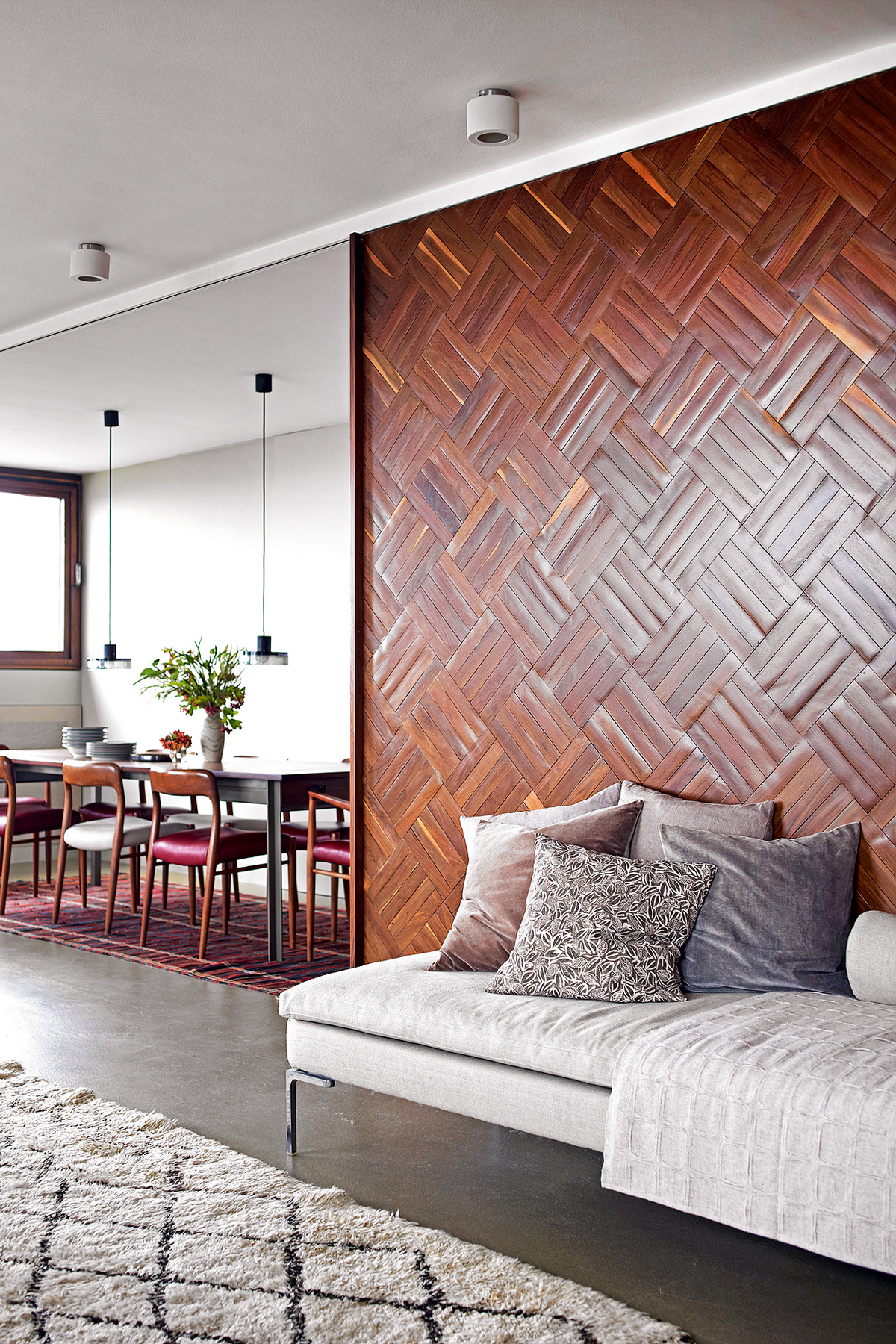
What about colour?
Use antique textiles for inspiration and build up a scheme from there. Tiling expert Emery & Cie is a great colourist and we often source products there.
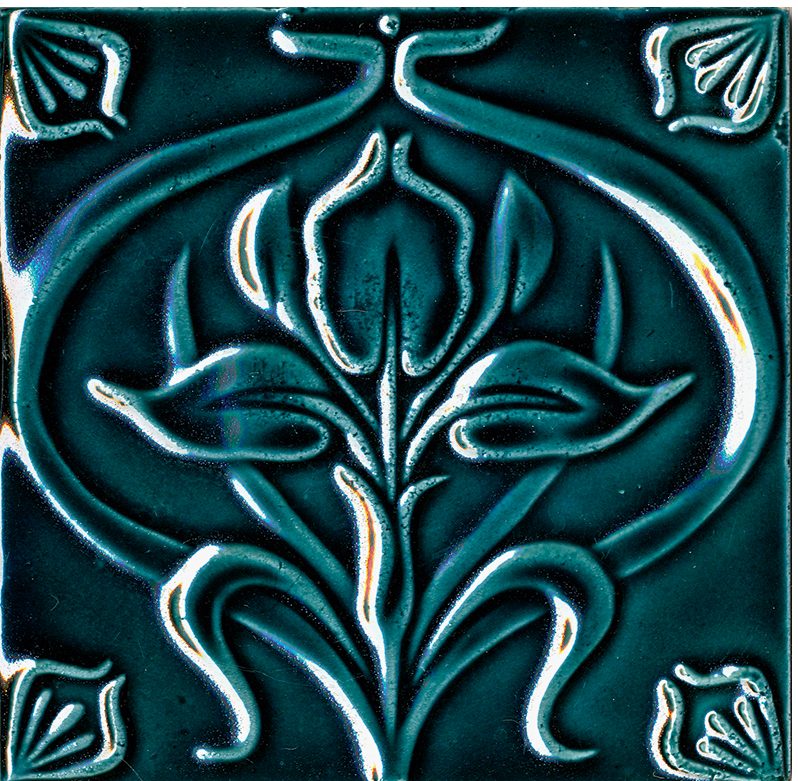
What’s your top money-saving tip?
See what elements you can incorporate from the existing home, such as floorboards, and buy what you like instead of following trends. Remember that old, quality pieces don’t drop in value the way newer items might. And never scrimp on structural alterations – these have the greatest impact on a refurbishment.

Do you think there’s any chance of the reclamation-look going out of fashion?
The joy of what we do at Retrouvius is that no two projects are the same. Over the years, it’s not always obvious where salvage has been used in our schemes and we strive to come up with new approaches for each project – so, no!
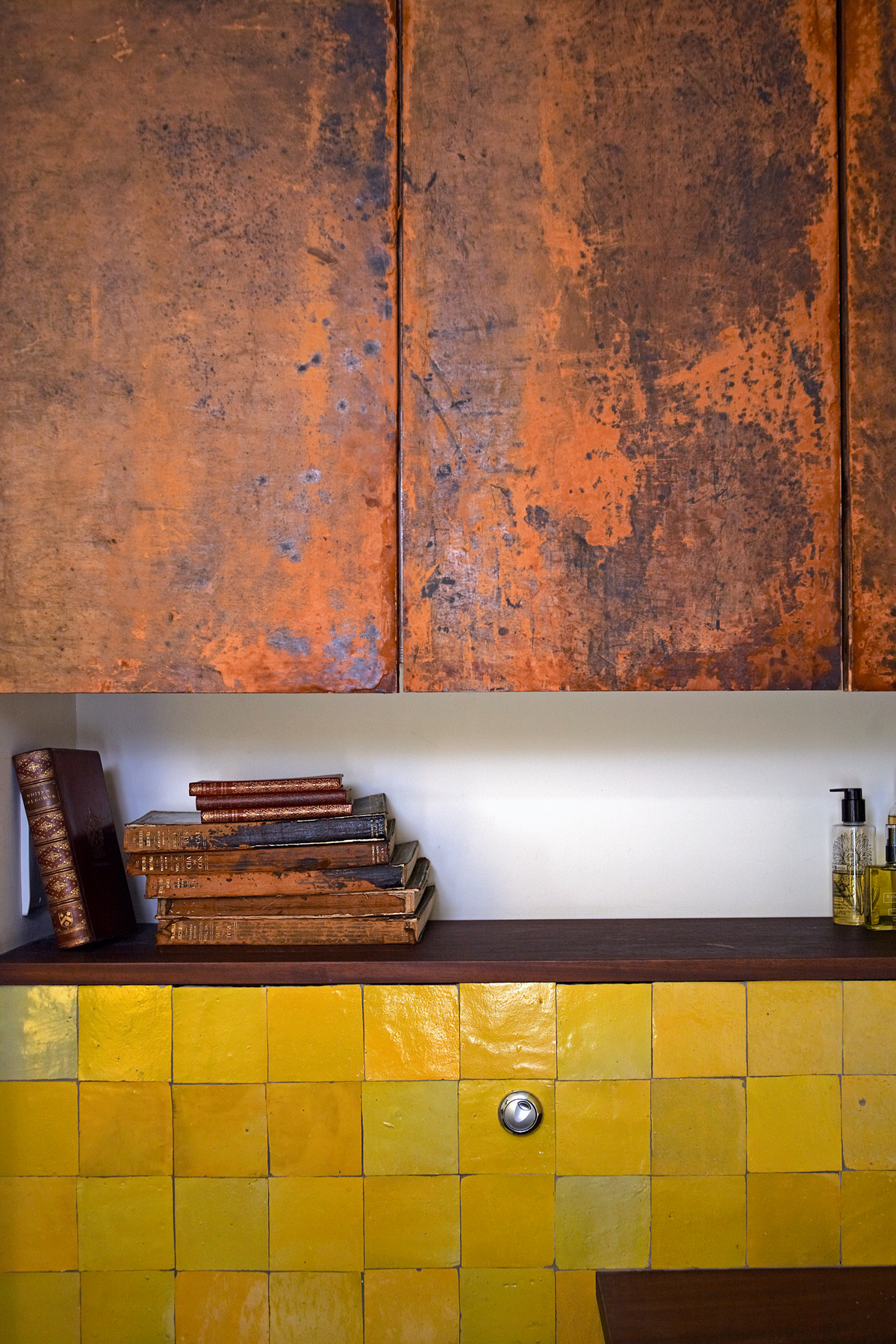
Browse the Retrouvius stock and find out more about the design service at retrouvius.com
The homes media brand for early adopters, Livingetc shines a spotlight on the now and the next in design, obsessively covering interior trends, color advice, stylish homeware and modern homes. Celebrating the intersection between fashion and interiors. it's the brand that makes and breaks trends and it draws on its network on leading international luminaries to bring you the very best insight and ideas.
-
 My 10 Favorite Designs at Milan Design Week 2025 — Out of the Hundreds of Pieces I Saw
My 10 Favorite Designs at Milan Design Week 2025 — Out of the Hundreds of Pieces I SawThere is a new elegance, color, and shape being shown in Milan this week, and these are the pieces that caught my eye
By Pip Rich
-
 Iridescence Is Chrome’s More Playful, Hard-to-Define Cousin — And You're About to See It Everywhere
Iridescence Is Chrome’s More Playful, Hard-to-Define Cousin — And You're About to See It EverywhereThis kinetic finish signals a broader shift toward surfaces that move, shimmer, and surprise. Here's where to find it now
By Julia Demer